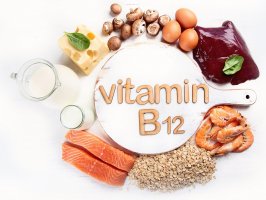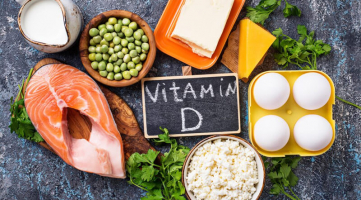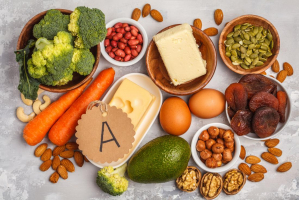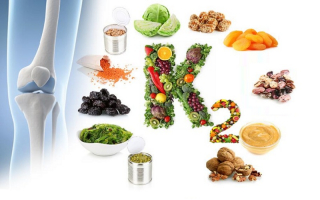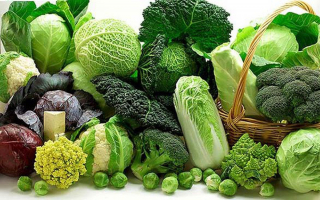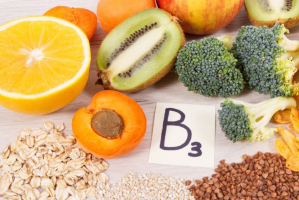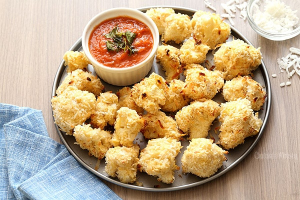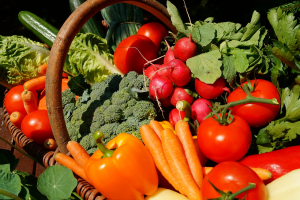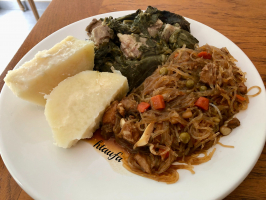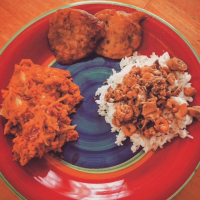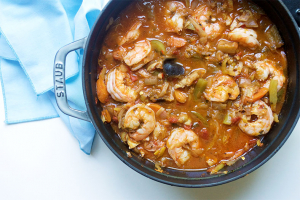Top 10 Best Foods With More Vitamin C
Vitamin C is necessary for the health of the skin, blood vessels, bones, and cartilage, as well as wound healing. Vitamin C also helps to protect cells from ... read more...oxidative stress, which in turn provides protection against illnesses such as cancer. Below is a list of high vitamin C foods that you can refer to have more options!
-
Guava is a tropical fruit that thrives in hot, dry climates. Guavas have a similar texture to pears, but with a bit more crunch. They have a sweet, tropical flavor that takes your taste senses to a tropical paradise. Guava's distinct taste and texture make it a perfect fruit to enjoy, but the health advantages of this wonder fruit will surely make you fall in love with it.
Do you know that guava is one of the best sources of vitamin C? Guavas, in fact, have twice the amount of vitamin C as oranges. Antioxidants, vitamin C, potassium, and fiber are abundant in guava fruits. They provide a lot of health benefits because of their high vitamin content. Guava, which is high in vitamin C, is great for the skin because it contains a lot of antioxidants, vitamins, and minerals, all of which assist to increase immunity and promote healthy, bright skin. Vitamin C protects the skin from free radical damage, slows down the aging process, and improves skin elasticity. This even decreases the outward indications of aging further.
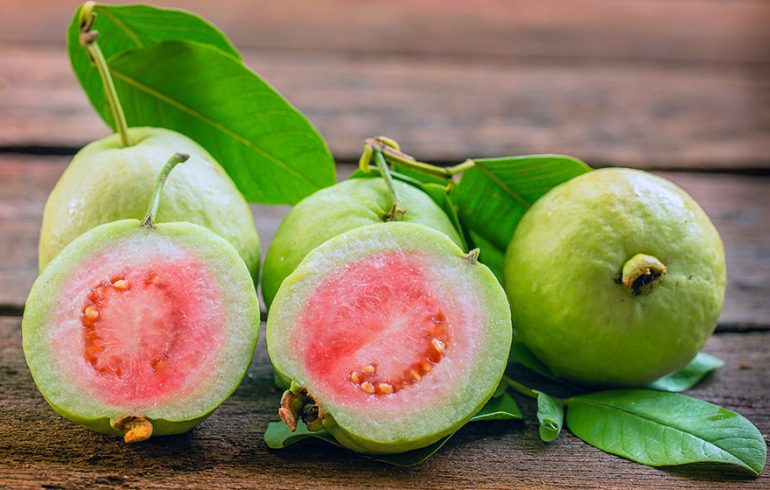
Guava 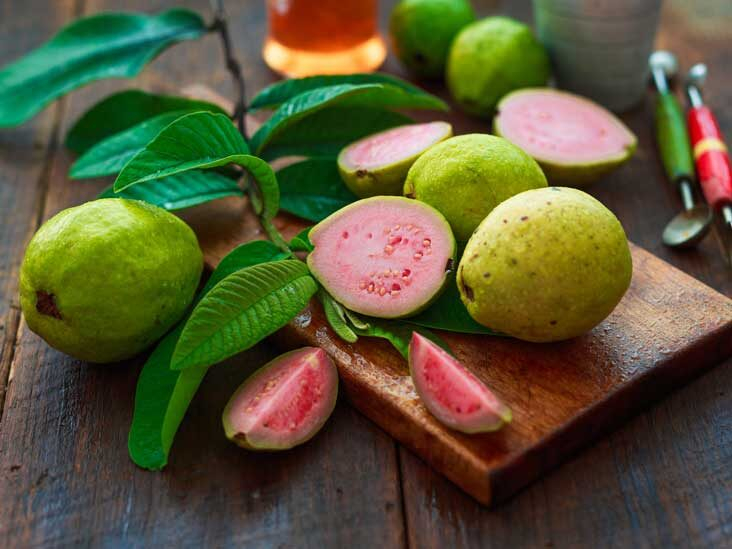
Guava -
The kiwifruit, also known as the Chinese gooseberry, was initially found growing wild in China. Kiwis are a nutrient-dense food, so they're high in nutrients while being low in calories.
This little fruit is a powerhouse of nutrients! Kiwifruit is one of the greatest nutritional value fruits on the market, with a high level of vitamin C, fiber, antioxidants, vitamins, and minerals. Vitamin C, antioxidants, and fiber are all abundant in kiwis. Vitamin C, choline, lutein, and zeaxanthin are antioxidants that aid in the removal of free radicals from the body to help protect the body. Vitamin C in kiwi also is essential for the creation of collagen, which is found in cells and organs all over the body, including the skin. Vitamin E, commonly known as tocopherol, is found in kiwifruit. Vitamin E's antioxidant capabilities and capacity to protect the skin from UV exposure may aid in the prevention of skin disorders.
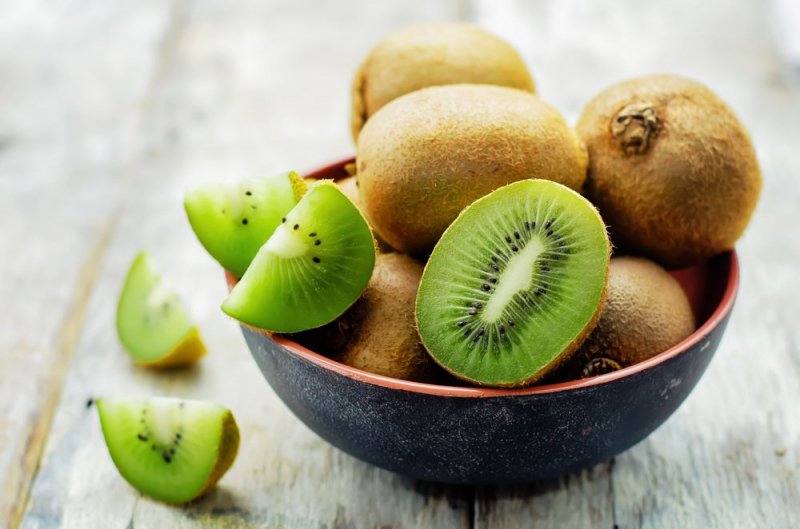
Kiwifruit 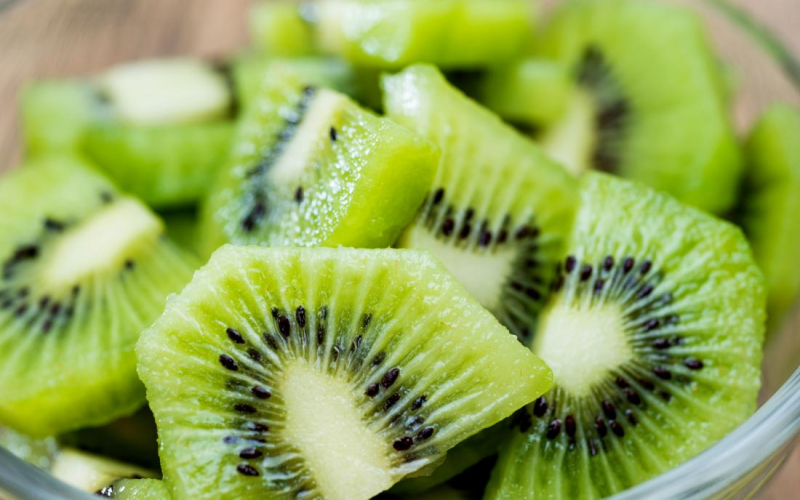
Kiwifruit -
Bell peppers are actually fruits produced by blooming plants, even though most people refer to them as vegetables. Red, yellow, and green bell peppers are among the many hues available. Red bell peppers offer the sweetest flavor due to the ripening process. Bell peppers may be either raw or cooked in a number of healthy recipes to provide a nutrient-dense boost to any diet.
Bell peppers are abundant in nutrients, including numerous essential vitamins, and are low in calories. The vitamin C content of a cup of chopped green bell pepper is 120 milligrams. Vitamin C aids in the absorption of iron and the healing of wounds. It may also aid in the prevention of a number of diseases, including heart disease and cancer. High-fiber foods, such as bell peppers, decrease the absorption of sugar into the bloodstream. Bell peppers are high in vitamin C, which may help lower blood sugar levels in people with Type 2 diabetes.
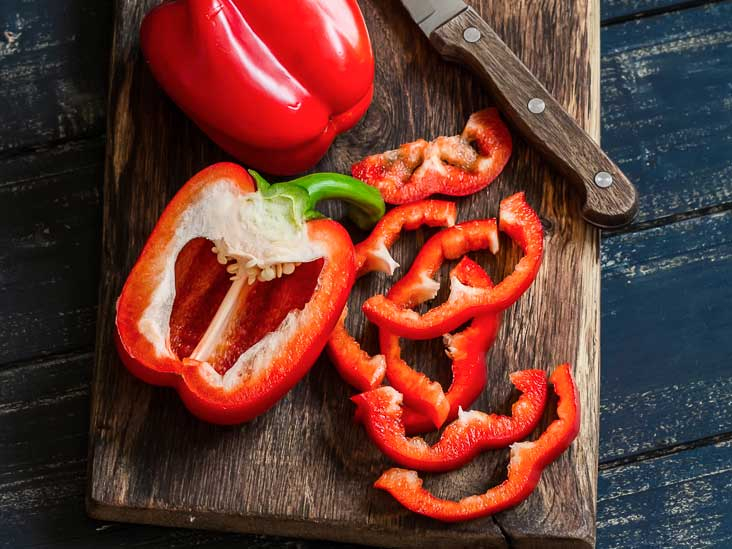
Bell Peppers 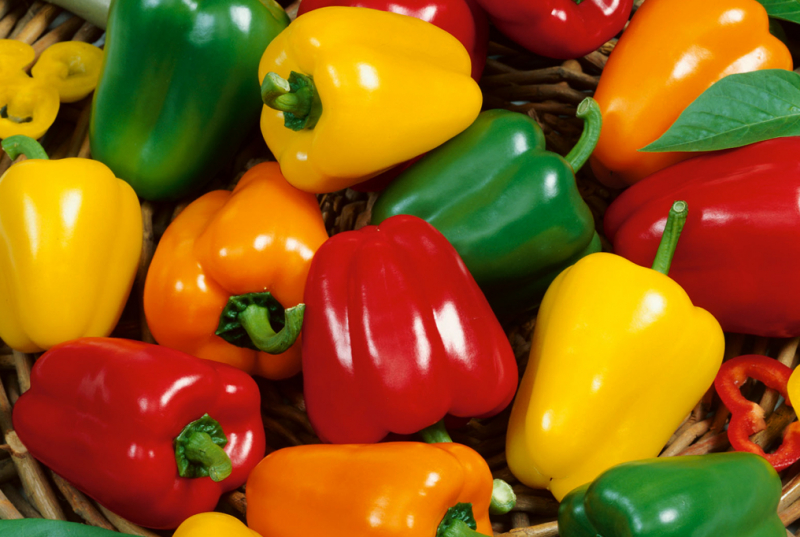
Bell Peppers -
Strawberry is one of the most powerful fruits in world cuisine! Jellies, jams, juices, ice creams, sweets, and even salty dishes and salads benefit from it. Aside from being diverse, the range of nutrients it contains is immense, as are the benefits it provides to the body.
Their vitamin and mineral content is inversely proportionate to their size when compared to other fruits! Vitamin C is one of the components of this sweet and sour "Berrie", which aids in healing, promotes circulation, and combats anemia by improving iron absorption Fresh strawberries supply 32 calories and about 59 milligrams of vitamin C, or 98% of the recommended amount, in a 3.5-ounce serving, or about five big berries. As a result, strawberries have slightly more vitamin C — and fewer calories — than oranges. A serving of 10 big strawberries weighs about the same as one huge orange. According to the USDA, a pint of fresh strawberries provides roughly 350% of the recommended intake for vitamin C.
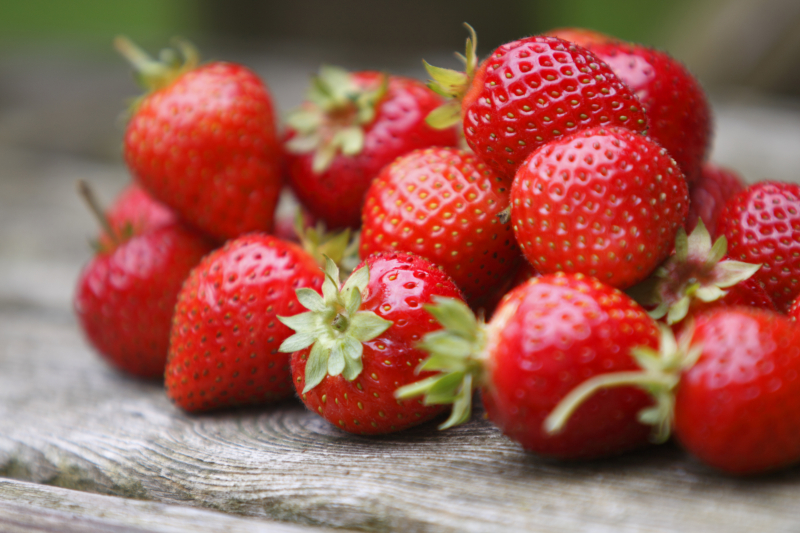
Strawberries 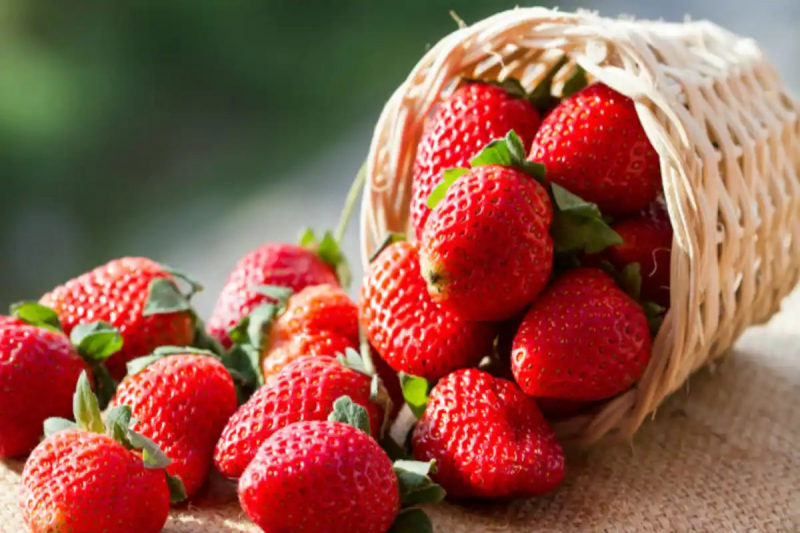
Strawberries -
"Oranges are widely recognized as one of the top sources of vitamin C and offer 70-100% of the daily recommended value of vitamin C in one orange. But they provide so much more than just a single vitamin. The whole fruit boasts great benefits that have a positive effect on our well-being", says Frances Largeman-Roth, RDN
The orange is best known for its high vitamin C content. A normal big orange has 86 calories and roughly 98 milligrams of vitamin C, or 163% of the nutrient's recommended intake, according to the USDA. The vitamin C content of a cup of these bite-sized sweets is around 85 milligrams. They're also low in calories and packed with fiber and antioxidants. Oranges are also high in dietary fiber, folate, and antioxidants, according to Largeman-Roth, all of which support general health and wellness. “The nutrients in an orange help support the immune system and offer a preventative approach to overall health”, she adds.
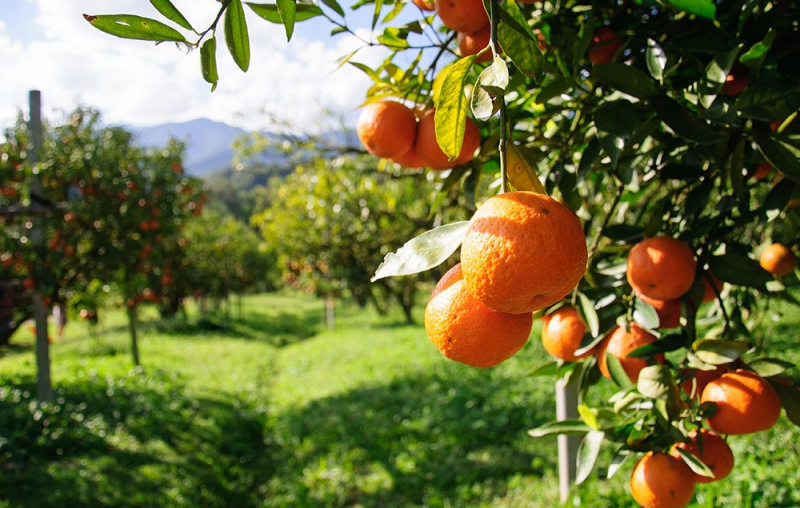
Oranges 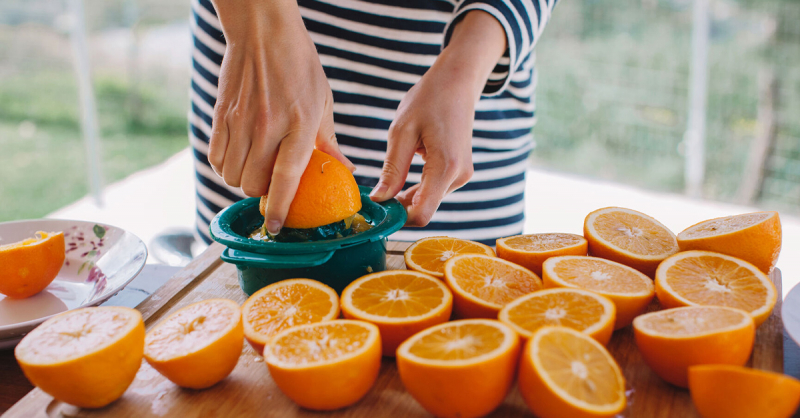
Oranges -
The papaya, often known as the "fruit of the angels," is high in vitamins A and C. One big papaya has 235 milligrams of vitamin C, which is two to three times the recommended daily requirement and is also high in vitamin A, potassium, and calcium.
A cup of papaya contains 90 milligrams of vitamin C, which is enough for the entire day. Carotenes, flavonoids, B vitamins, folate, potassium, magnesium, and fiber are also abundant. This combination of nutrients is beneficial to your heart and may possibly aid in the prevention of colon cancer. Fresh papaya, whether in a salad or as a juice, is the greatest way to enjoy it. Raw green papaya, in particular, is a superfood par excellence. It is believed to have antibacterial properties and promotes excellent digestion, according to the book Healing Foods by DK Publishing, and almost every part of the plant may be utilized. In fact, raw papaya has the greatest amounts of the helpful digestive enzyme papain. When eaten raw, half a papaya has much more Vitamin C than a single orange.
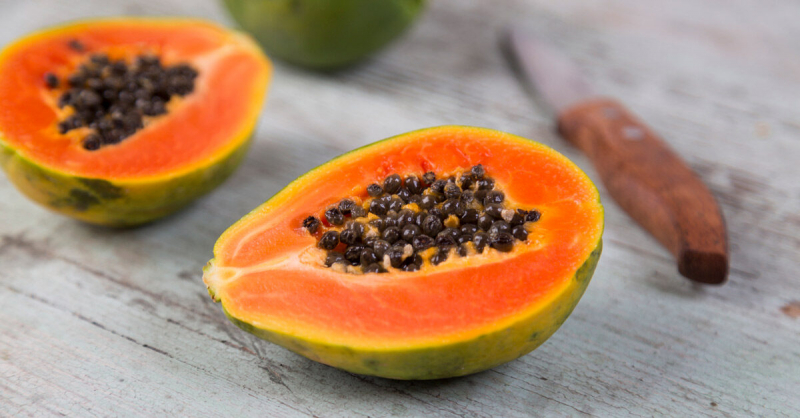
Papaya 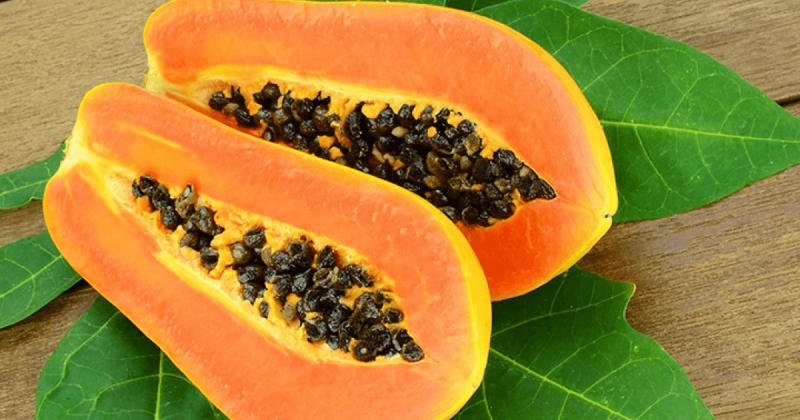
Papaya -
Broccoli is known to be a superfood. It's low in calories but high in nutrients and antioxidants that help with a variety of human health aspects. Broccoli is high in antioxidants, vitamins, and minerals, that can aid in the prevention of a variety of diseases.
Apart from being a great vegetable for overall health, broccoli is a great natural source of vitamin C, which aids in the healing of damaged tissue and the maintenance of a strong immune system. About 50 milligrams of vitamin C are found in 1/2 cup of cooked broccoli. It also contains a lot of fiber and other antioxidants that help to reduce inflammation. The best method to prepare it should be steamed for no more than 5 minutes. When compared to other methods such as boiling, it may help the vegetable preserve more vitamin C within. Half a cup of steamed broccoli contains 57% of the daily value for vitamin C, which may help to reduce the risk of inflammatory diseases.
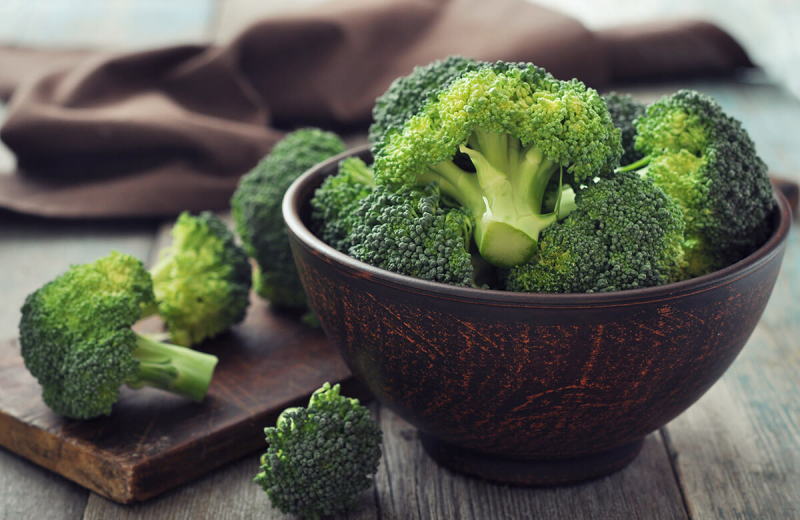
Broccoli 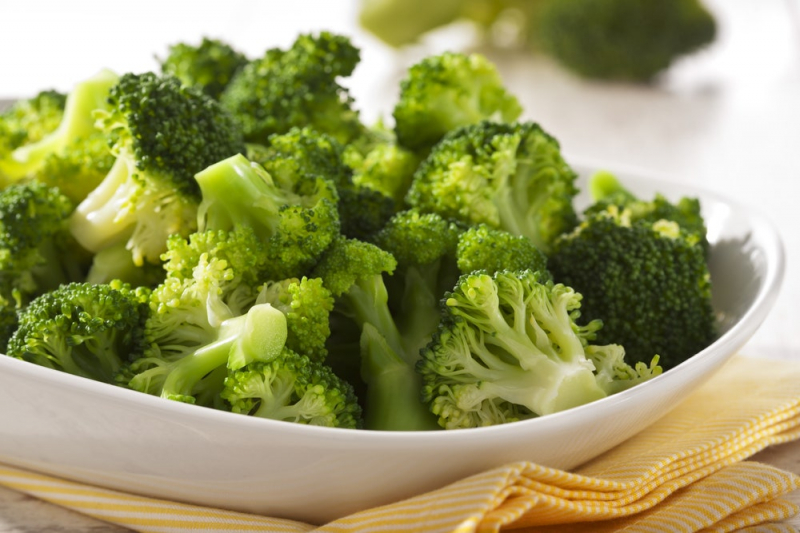
Broccoli -
Tomato has become a popular and widely eaten food in the United States over the previous half-century. Tomatoes are only second to potatoes in terms of production in the United States.
Folate, vitamin C, and potassium are abundant in tomatoes and tomato products. Carotenoids are the phytonutrients that are most plentiful in tomatoes. Vitamin E, trace elements, flavonoids, phytosterols, and numerous water-soluble vitamins are among the additional health-promoting components found in tomatoes. If you eat a medium tomato uncooked, you'll get roughly 20 milligrams of vitamin C. When tomatoes are cooked, their vitamin C content decreases. However, lycopene, an antioxidant, increases. To get the full benefits, take fresh tomatoes on a sandwich for lunch and cooked tomato sauce on pasta for dinner.
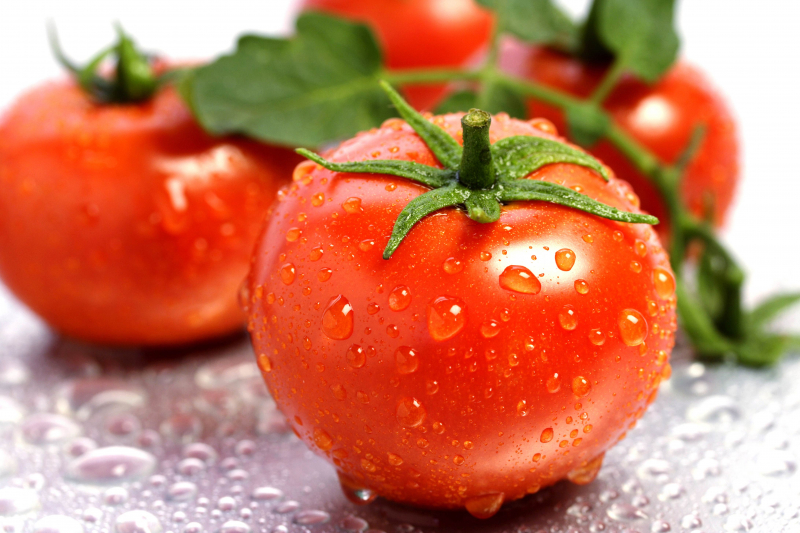
Tomato 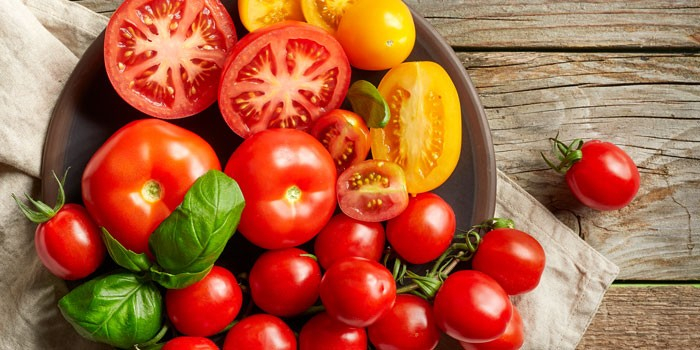
Tomato -
Snow peas, also known as Chinese sugar peas, are immature pea pods that are often used in stir-fried dishes. They are distinguished from regular garden peas by the fact that the entire pod, including the peel, is eaten.
Snow peas are high in vitamin C (60 mg/100 g, or 100% of the daily value). Fresh pods provide 1.5 times the amount of vitamin C as garden peas. Vitamin C is a potent water-soluble antioxidant found in nature. Vitamin C-rich vegetable aid in the development of resistance to infectious agents and the scavenge of harmful, pro-inflammatory free radicals from the human body. In addition, they are high in minerals including iron, calcium, copper, zinc, selenium, and manganese. Fresh snow peas are at their best in the spring, although you can get them all year at the markets. Choose light-green pods that are fresh, flexible, flat, and tender.
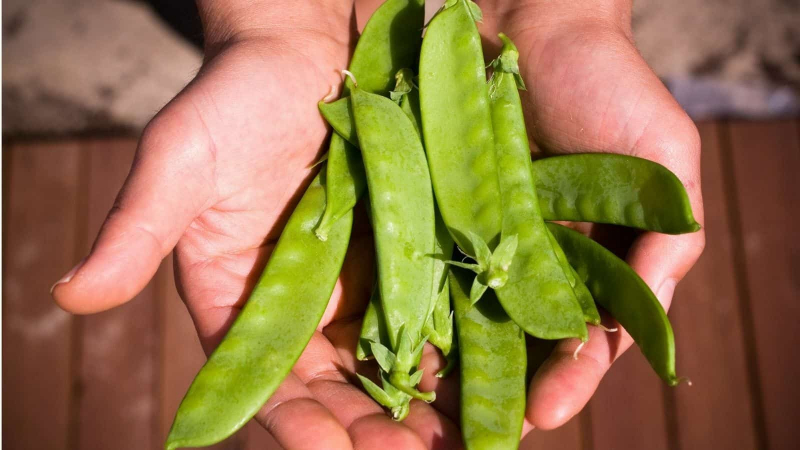
Snow Peas 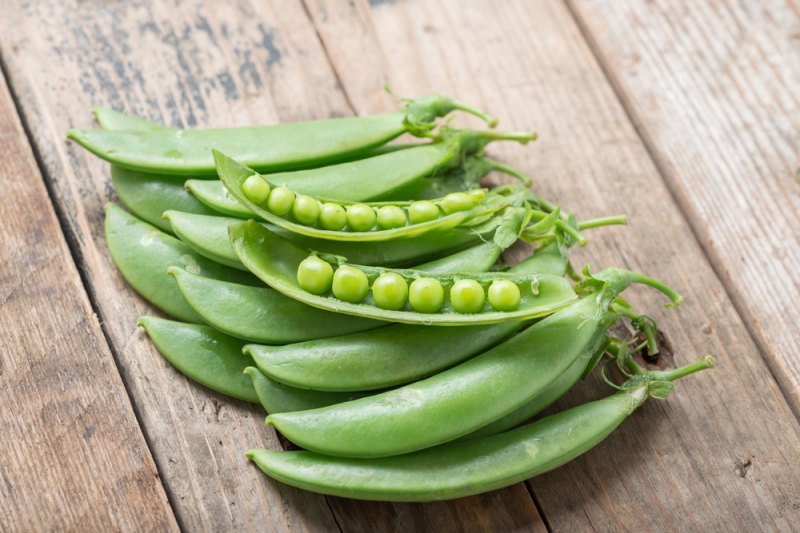
Snow Peas -
Kale is the reigning queen of green leafy vegetables, nearly making it a superfood due to its nutritional worth and health advantages. It is now presented in every Michelin-starred restaurant, health food blog, and healthy home kitchen. One of the many health benefits of kale is that it is abundant in vitamins C and K.
Kale has four times the vitamin C level of spinach and doubles the selenium content, as well as vitamins E and beta-carotene. All of these are essential for maintaining a healthy immune system. Kale delivers more than 100% of the recommended daily intake (RDI) of vitamin A and more than 40% of the RDI of vitamin C in one serving size. As a result, kale might be called a high-antioxidant food. Kale juice is a fantastic way to get it into your diet, and it may even be used in place of basil in pesto sauce.
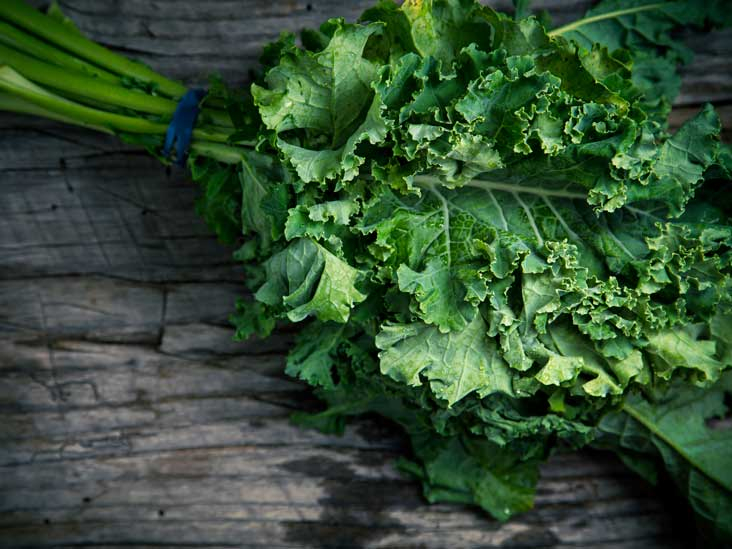
Kale 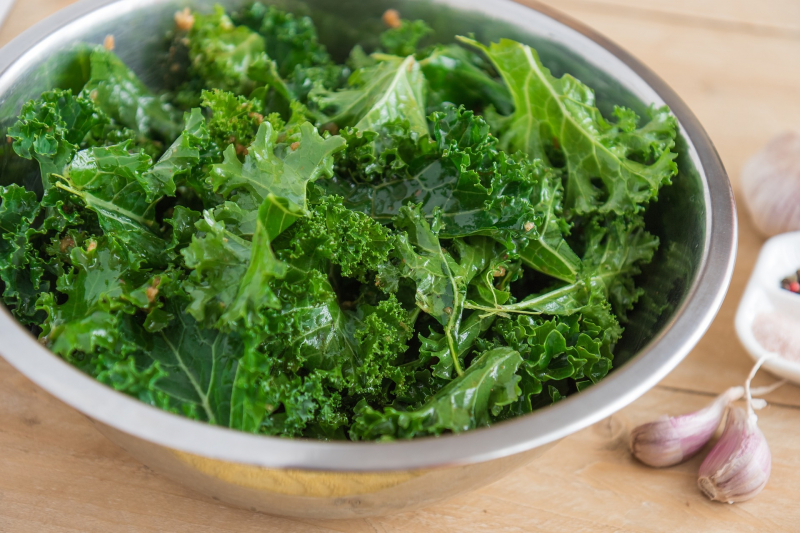
Kale












